Great consumption pressure
As one of the localities with a large area of fruit trees, Hanoi currently has 13,000 hectares. In particular, Hanoi has 22 varieties of specialty crops, including 12 varieties of fruit trees, including: Dien grapefruit, Que Duong grapefruit, Me Linh red grapefruit, October grapefruit, Canh orange, Dac So Buddha's hand, Dong Du guava, late-ripening longan...
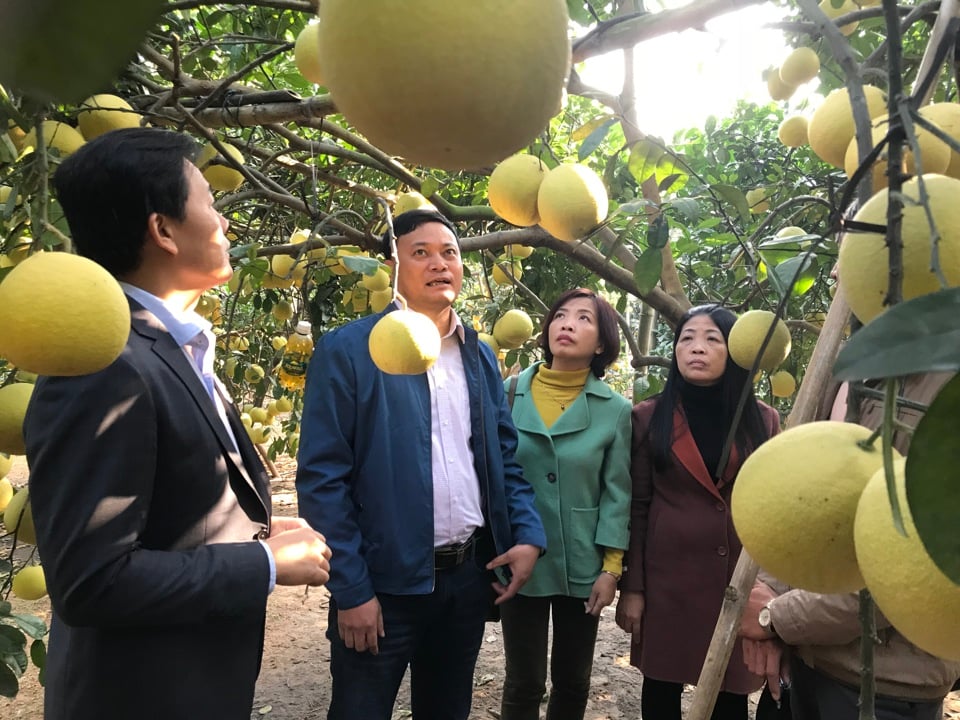
Deputy Director of Hanoi Department of Agriculture and Rural Development Nguyen Manh Phuong said that in the main harvest season (end of the year), the city's fruit output reached about 200,000 tons, of which grapefruit reached 100,000 tons, mainly concentrated in the districts: Chuong My, Phuc Tho, Dan Phuong...
In Hoa Binh , the locality currently has 16,000 hectares of fruit trees of all kinds, mainly orange, grapefruit, lemon trees about 10,000 hectares, 1,200 hectares of longan, 1,500 hectares of banana... According to Vice Chairman of Hoa Binh Provincial People's Committee Dinh Cong Su, up to now, the whole province has 88 growing area codes, of which 53 codes serve export; more than 2,400 hectares of fruit trees are granted safety certificates, such as: GlobalGAP, VietGAP, organic. Many key products are consumed stably in supermarkets and some products (bananas, oranges, grapefruit...) are officially exported to the US, Canada, Europe markets...
Although the output is large and the quality is stable, the consumption of fruit trees in the northern provinces and cities is still mainly domestic market. On the other hand, for the northern localities, exporting fresh fruit is very difficult, because there is no basis to ensure meeting the standards to go to all markets.
For example, South Korea requires that exported products be treated with hot steam, but this is not yet available in the North, so each export container often has to pay a 30% higher price because it has to be transported to the South for steam treatment. Therefore, the export market for fruit trees in the Northern provinces and cities often depends on the Chinese market.
In addition, the production scale of the northern provinces and cities is still small and lacks linkage; there are limitations in post-harvest preservation, making fruit products susceptible to spoilage. Meanwhile, quality, hygiene and food safety standards in export are increasingly strict.
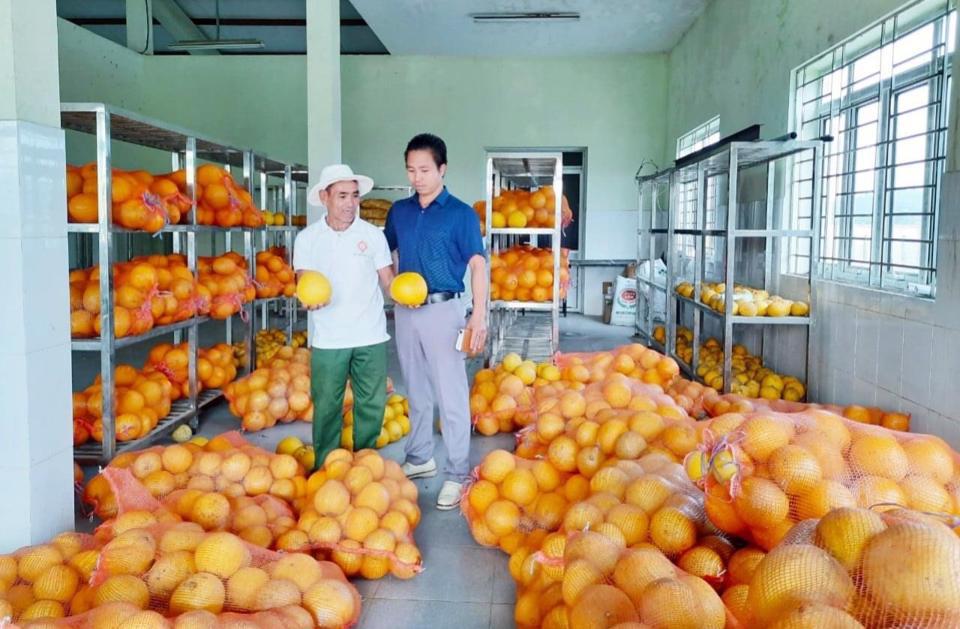
According to statistics from the Ministry of Agriculture and Rural Development , Vietnam currently has 150 processing factories with modern technological lines and about 7,500 small fruit and vegetable processing and preservation facilities. However, the processing industry only meets about 10-17% of the annual fruit and vegetable output, so post-harvest losses are still too high, up to more than 20%.
Focus on trade and export promotion
Director of Co.opmart Supermarket in Hanoi Nguyen Thi Kim Dung shared that as an agricultural product distributor, the Co.opmart Supermarket system always welcomes cooperatives and production households to cooperate in consuming products. In particular, the Co.opmart Supermarket system pays great attention to food hygiene and safety.
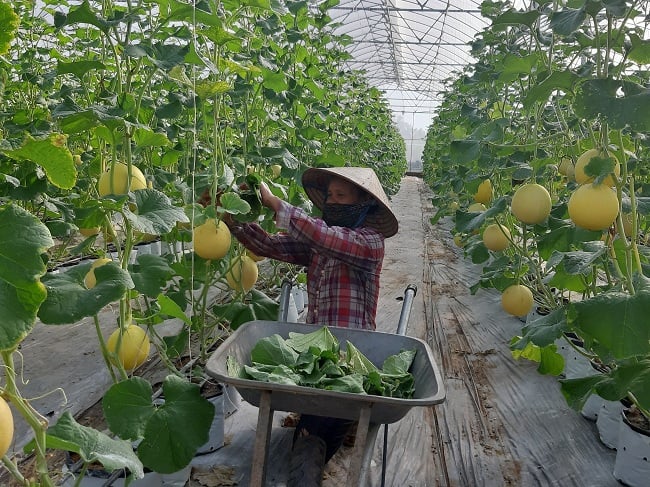
“All units supplying fruits to supermarkets need to prepare full procedures and legal documents in accordance with regulations so as not to have to go through intermediaries. Wherever there are difficulties, the supermarket will accompany the subjects to resolve them,” said Ms. Nguyen Thi Kim Dung.
Deputy Director of Hanoi Department of Agriculture and Rural Development Nguyen Manh Phuong said that for sustainable development, Hanoi will expand fruit tree growing models according to high-tech agricultural processes, meeting quality standards, such as: VietGAP, GlobalGAP, organic and linking production with product consumption.
At the same time, invest in upgrading the infrastructure of fruit growing areas, apply mechanization and high technology, and organize large-scale production. Fully update information on the national database of growing area codes and packaging facilities. At the same time, train cooperatives and farmers; allocate adequate resources to serve the establishment and management of growing area codes and packaging facilities, meeting the regulatory requirements of importing countries.
Hanoi's agricultural sector is also actively connecting with businesses to consume fruits in the year-end harvest, such as grapefruit, oranges, bananas, apples, etc. for farmers; at the same time, promoting trade promotion activities, fairs, finding new markets, aiming to export many typical fruits of Hanoi.
To solve the difficulties in the fruit market at the end of the year, Director of Planning Center 2, Institute of Agricultural Planning and Design (Ministry of Agriculture and Rural Development) Tran Anh Hung said: for the domestic market, it is necessary to form a trading floor for fruit products; carry out trade promotion activities so that domestic consumers have enough information about fruit products. In the long term, it is necessary to increase exports to traditional markets; continue to expand markets: Japan, the US, Canada, Korea, Russia, ASEAN, Europe. Particularly for the Chinese market, it is necessary to promote official fruit exports.
To develop fruit trees sustainably, localities need to carefully review the area of perennial fruit trees, and at the same time strictly comply with and implement the instructions and planning of the Ministry of Agriculture and Rural Development. In particular, do not use area as a growth target for fruit trees. Developing fruit trees in the new period requires following the chain, investing in processing, deep processing and paying attention to packaging and product labels suitable for consumer tastes.
Former Deputy Minister of Agriculture and Rural Development, Chairman of Vietnam Gardening Association Le Quoc Doanh
Source: https://kinhtedothi.vn/tieu-thu-trai-cay-van-gap-kho.html


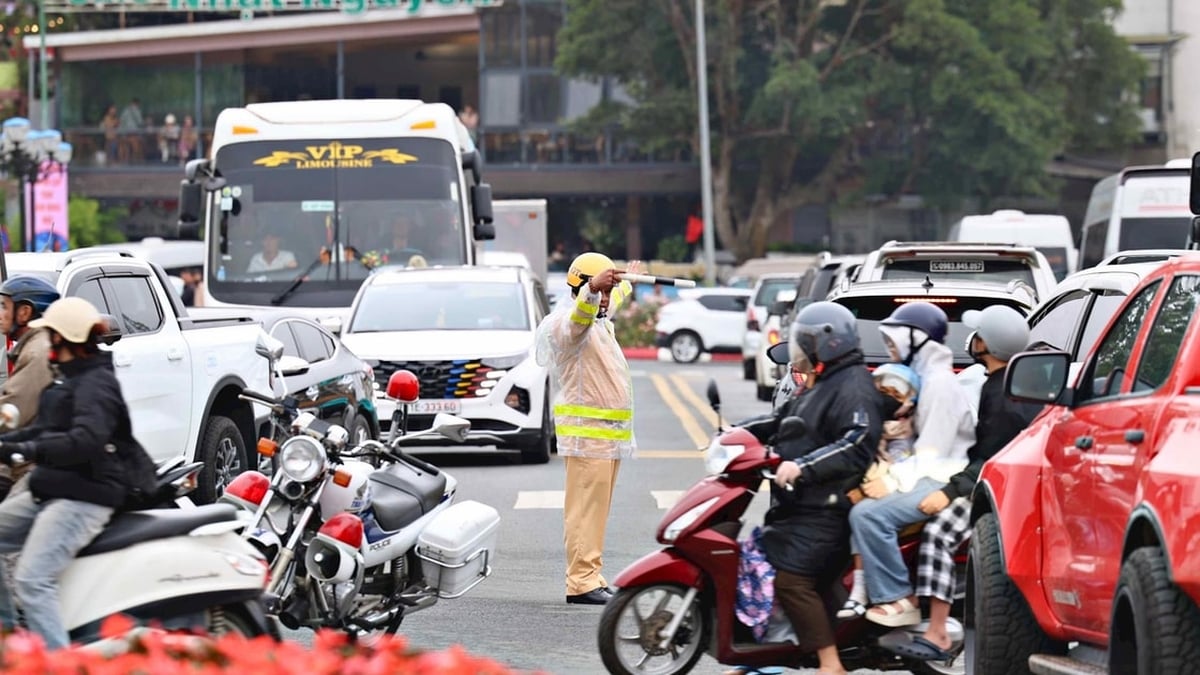
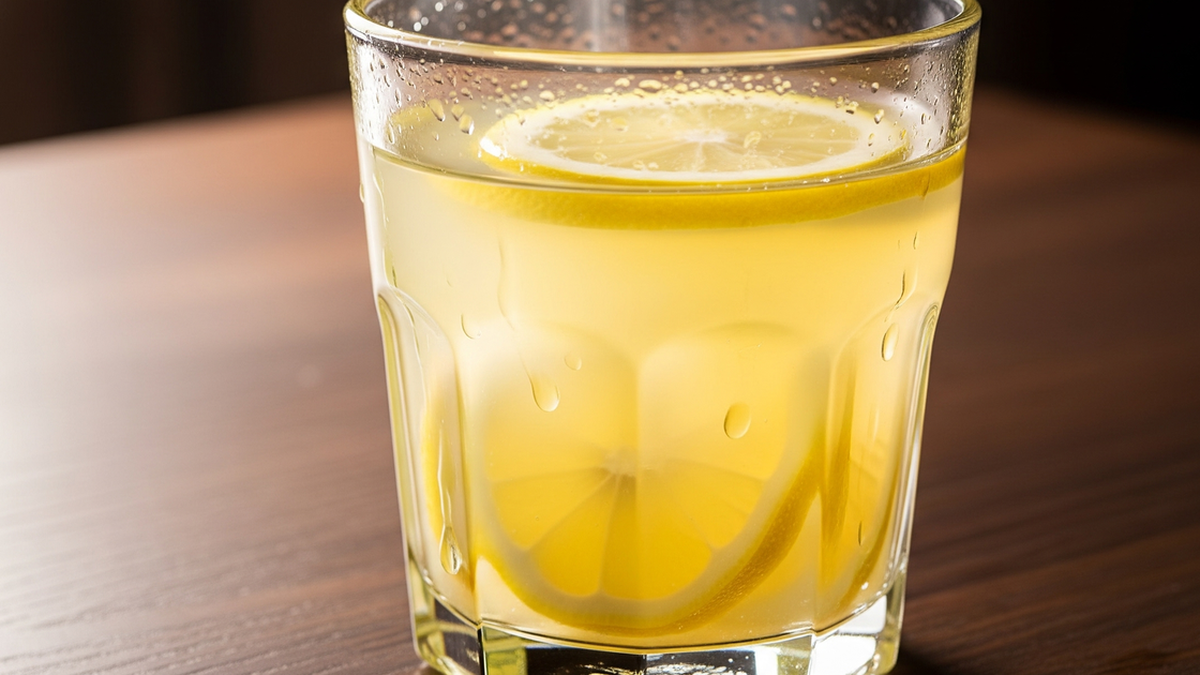
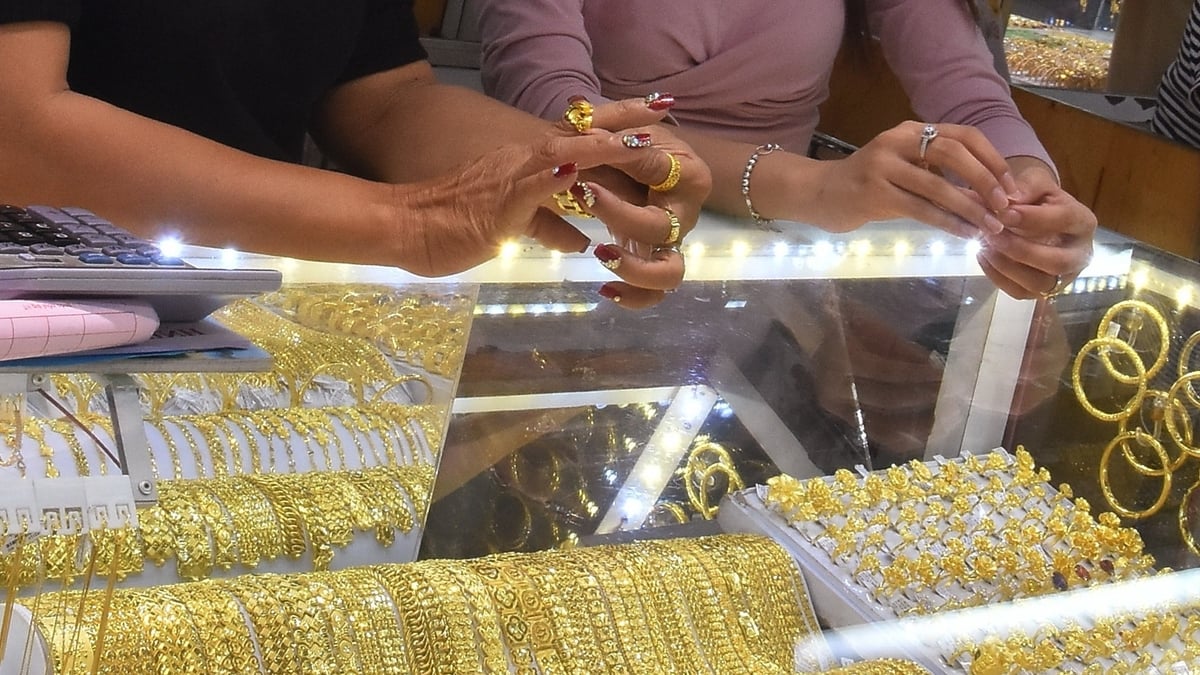

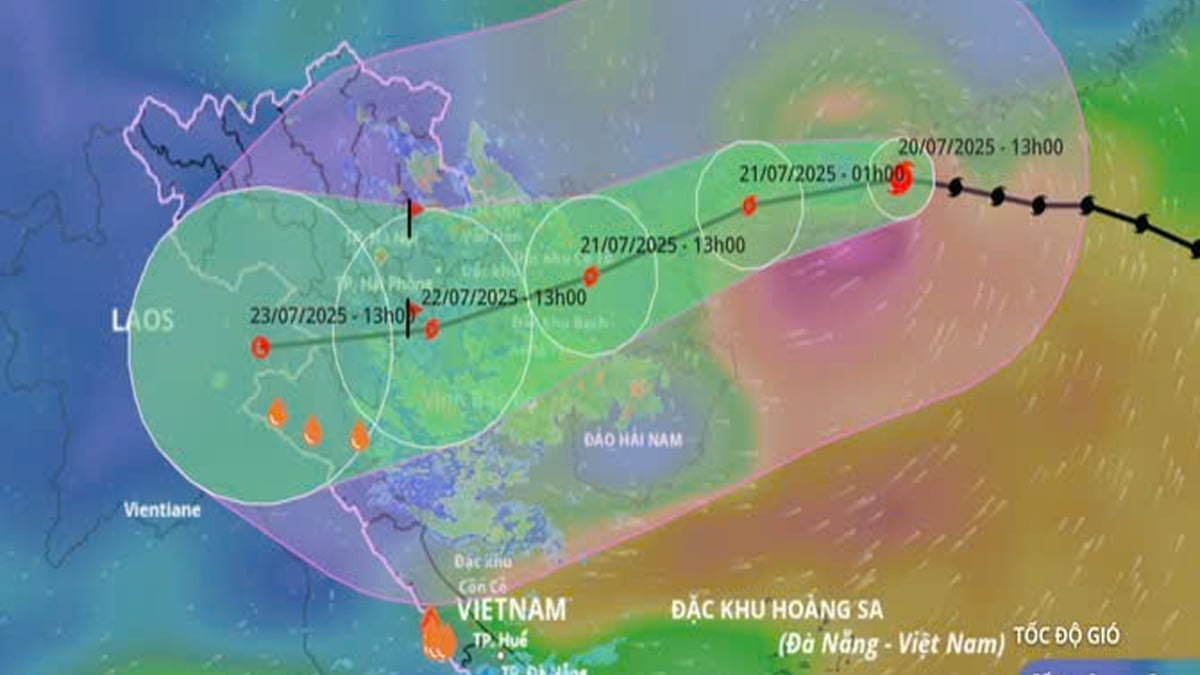
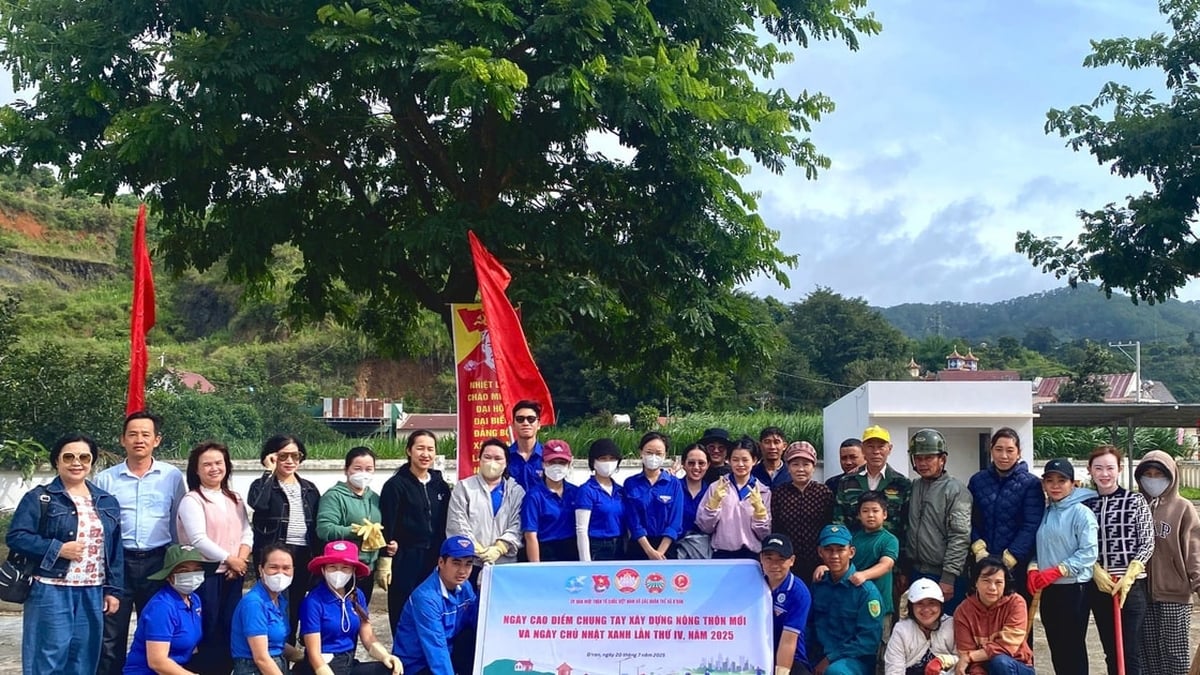
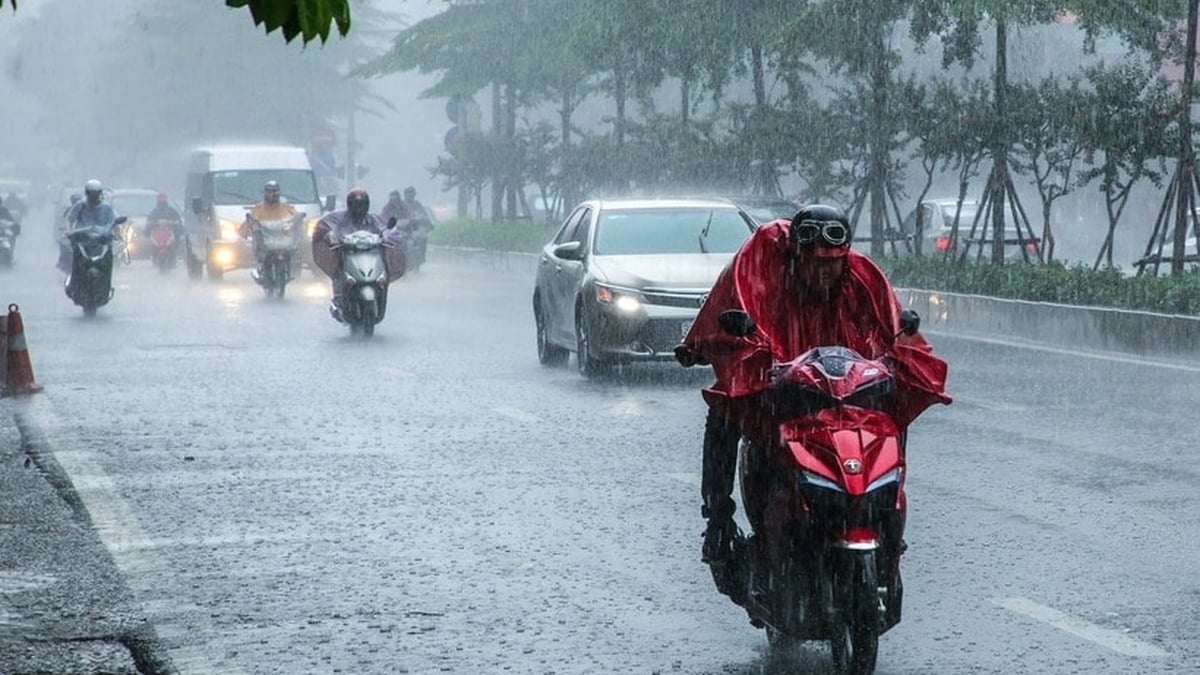
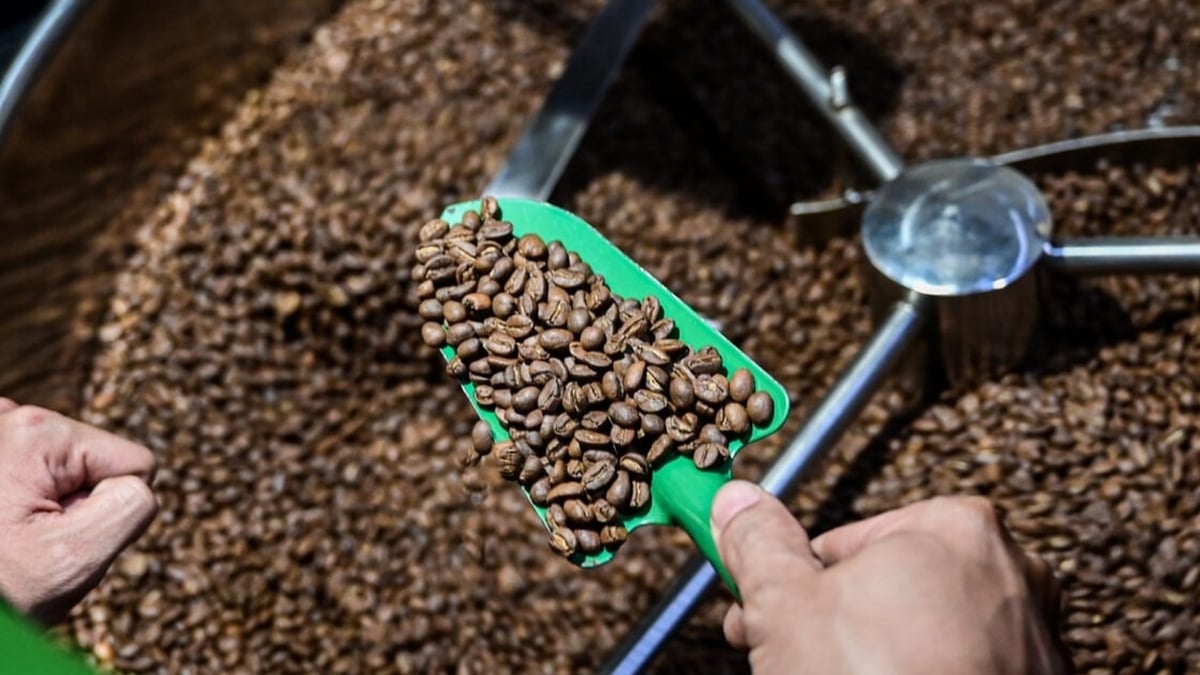















![[Photo] National Assembly Chairman Tran Thanh Man visits Vietnamese Heroic Mother Ta Thi Tran](https://vphoto.vietnam.vn/thumb/1200x675/vietnam/resource/IMAGE/2025/7/20/765c0bd057dd44ad83ab89fe0255b783)








































































Comment (0)